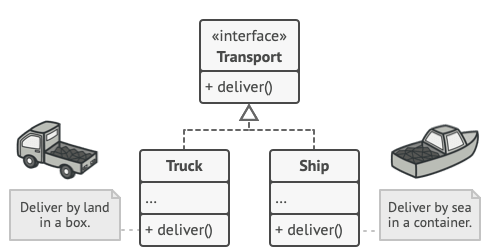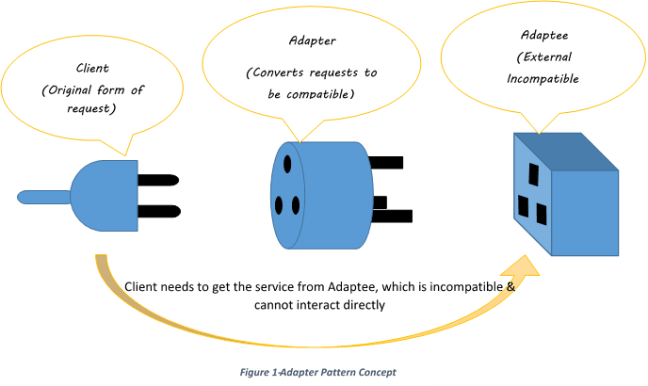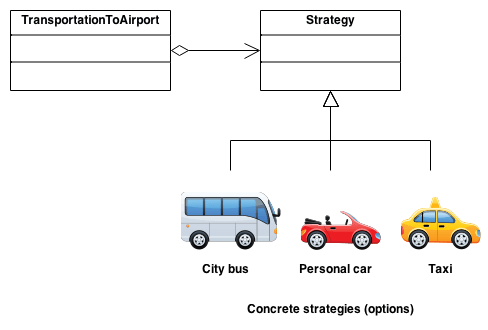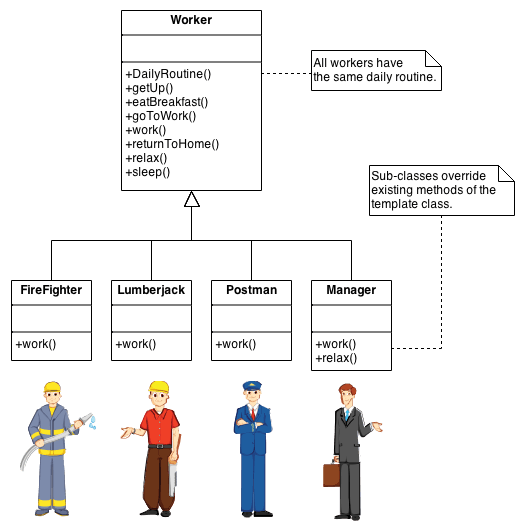Exploring Design Patterns in Java

Are you a Java developer looking to enhance your programming skills? If so, you've come to the right place! Design patterns are reusable solutions to common software design problems that can help you write cleaner, more maintainable, and more scalable code.
Design patterns provide a structured approach to solving recurring software design problems. They offer well-established solutions that have been tried and tested over time, making them a valuable asset for any Java developer. By leveraging design patterns, you can avoid reinventing the wheel and instead focus on writing efficient and robust code.
In this article, we will explore some popular design patterns in Java and discuss their application and benefits. So let's get started.
What are Design Patterns?
Design patterns are proven solutions to common software design problems that have emerged through years of experience in software development. They provide a blueprint for structuring code and solving recurring design challenges. Design patterns are not specific to any programming language but can be implemented using various languages, including Java.
Design patterns encapsulate good design principles and practices, allowing developers to write more maintainable, flexible, and scalable code. They promote code reusability, reduce coupling between components, and enhance code readability. By following design patterns, you can build software systems that are easier to understand, modify, and extend.
Why are Design Patterns Important in Java?
Java is a versatile and widely used programming language , known for its object-oriented nature. Design patterns complement Java's object-oriented features and provide additional tools to organize and structure code effectively. They help address common software design challenges and make Java code more modular, flexible, and reusable.
Understanding and utilizing design patterns in Java can bring several benefits. Firstly, design patterns promote code reuse, allowing you to leverage existing solutions and build upon them. This saves time and effort, as you don't have to reinvent the wheel for every problem you encounter.
Additionally, design patterns enhance code maintainability by making it easier to understand and modify. They provide a common language and shared understanding among developers, facilitating collaboration and code comprehension.
Types of Design Patterns
Design patterns can be categorized into three main types: creational, structural, and behavioral patterns. Each type addresses a different aspect of software design and offers solutions tailored to specific design challenges. Let's explore each type in more detail.
Creational Design Patterns
Creational design patterns focus on object creation mechanisms, providing ways to create objects in a manner that is flexible and decoupled from the specific classes involved. These patterns allow you to create objects in a way that promotes code reuse and maintainability.
Singleton Pattern
The Singleton pattern ensures that a class has only one instance and provides a global point of access to it. This pattern is useful in situations where you need to limit the number of instances of a class, such as managing database connections or system-wide configurations.

Factory Pattern
The Factory pattern provides an interface for creating objects, but allows subclasses to decide which class to instantiate. This pattern decouples object creation from the client code, making it easier to add or modify the creation process without affecting the client.

Abstract Factory Pattern
The Abstract Factory pattern provides an interface for creating families of related or dependent objects without specifying their concrete classes. It allows you to create objects that belong to different but related hierarchies, ensuring that they are compatible and can work together.
Structural Design Patterns
Structural design patterns focus on the composition of classes and objects, providing ways to create relationships between them. These patterns help ensure that the resulting structure is flexible, extensible, and easy to understand.
Adapter Pattern
The Adapter pattern allows objects with incompatible interfaces to work together. It acts as a bridge between two incompatible interfaces, converting the interface of one object into another interface that the client expects. This pattern is useful when you want to reuse an existing class that does not have the interface you need.

Decorator Pattern
The Decorator pattern allows you to add behavior to an object dynamically. It provides a way to extend the functionality of an object without subclassing. This pattern is useful when you want to add or modify the behavior of an object at runtime, without affecting other instances of the same class.

Facade Pattern
The Facade pattern provides a simplified interface to a complex subsystem of classes, making it easier to use. It acts as a higher-level interface that hides the complexities of the underlying system. This pattern promotes loose coupling between the client and the subsystem, allowing them to evolve independently.
Behavioral Design Patterns
Behavioral design patterns focus on the interaction between objects, defining how they communicate and collaborate. These patterns help ensure that the objects are loosely coupled and can work together in a flexible and maintainable way.
Observer Pattern
The Observer pattern defines a one-to-many dependency between objects, so that when one object changes its state, all its dependents are notified and updated automatically. This pattern promotes loose coupling between the subject and its observers, allowing them to vary independently.

Strategy Pattern
The Strategy pattern defines a family of interchangeable algorithms and encapsulates each algorithm individually. It allows clients to use different algorithms interchangeably without knowing the implementation details. This pattern promotes flexibility and makes it easy to add or modify algorithms without affecting the clients.

Template Method Pattern
The Template Method pattern defines the skeleton of an algorithm in a base class, allowing subclasses to provide their own implementations for certain steps of the algorithm. It promotes code reuse and provides a common structure for a family of algorithms while allowing variations in certain steps.

Conclusion
Exploring design patterns in Java opens up a world of possibilities for developers. By leveraging the power of design patterns, you can write cleaner, more maintainable, and more scalable code. We've covered some popular design patterns in this article, including creational, structural, and behavioral patterns.
Remember, design patterns are not a silver bullet solution, but they provide proven approaches to solve common software design challenges. So go ahead, experiment with design patterns in your Java projects, and unlock the potential for efficient and elegant code!
Thanks for reading 🫡, See you in the next blog.
FAQs
What is the role of design patterns in software development?
Design patterns play a crucial role in software development as they provide reusable solutions to common design problems. They encapsulate best practices and proven approaches, allowing developers to build reliable, maintainable, and scalable software systems.
Can design patterns be applied to other programming languages besides Java?
Absolutely! Design patterns are not limited to Java and can be applied to various programming languages. The underlying principles and concepts of design patterns remain the same, regardless of the programming language used.
Are design patterns a substitute for good programming practices?
No, design patterns are not a substitute for good programming practices. They are complementary tools that can enhance good programming practices. Design patterns provide solutions to specific design challenges, while good programming practices encompass a broader set of principles and guidelines for writing clean, efficient, and maintainable code.
How can design patterns improve code maintainability?
Design patterns promote code maintainability by providing a structured and organized approach to software design. They make the code more modular, decoupled, and reusable, allowing easier maintenance, updates, and modifications. Design patterns also enhance code readability and understandability, making it easier for developers to work on the codebase.
When should I use design patterns in my Java projects?
Design patterns should be used when you encounter recurring design problems or when you anticipate the need for flexibility, extensibility, or code reuse. They can be applied during the design phase of a project to ensure a solid and scalable architecture. However, it's important to remember that design patterns should be used judiciously and only when they provide clear benefits in the specific context of your project.
Are there any downsides to using design patterns?
While design patterns offer numerous benefits, there are a few considerations to keep in mind. Overusing design patterns can lead to overly complex and over-engineered code. It's important to strike a balance and apply design patterns where they add value. Additionally, design patterns may introduce some level of indirection and complexity, which can increase the learning curve for developers new to the codebase.
 Develop and Solve
Develop and Solve